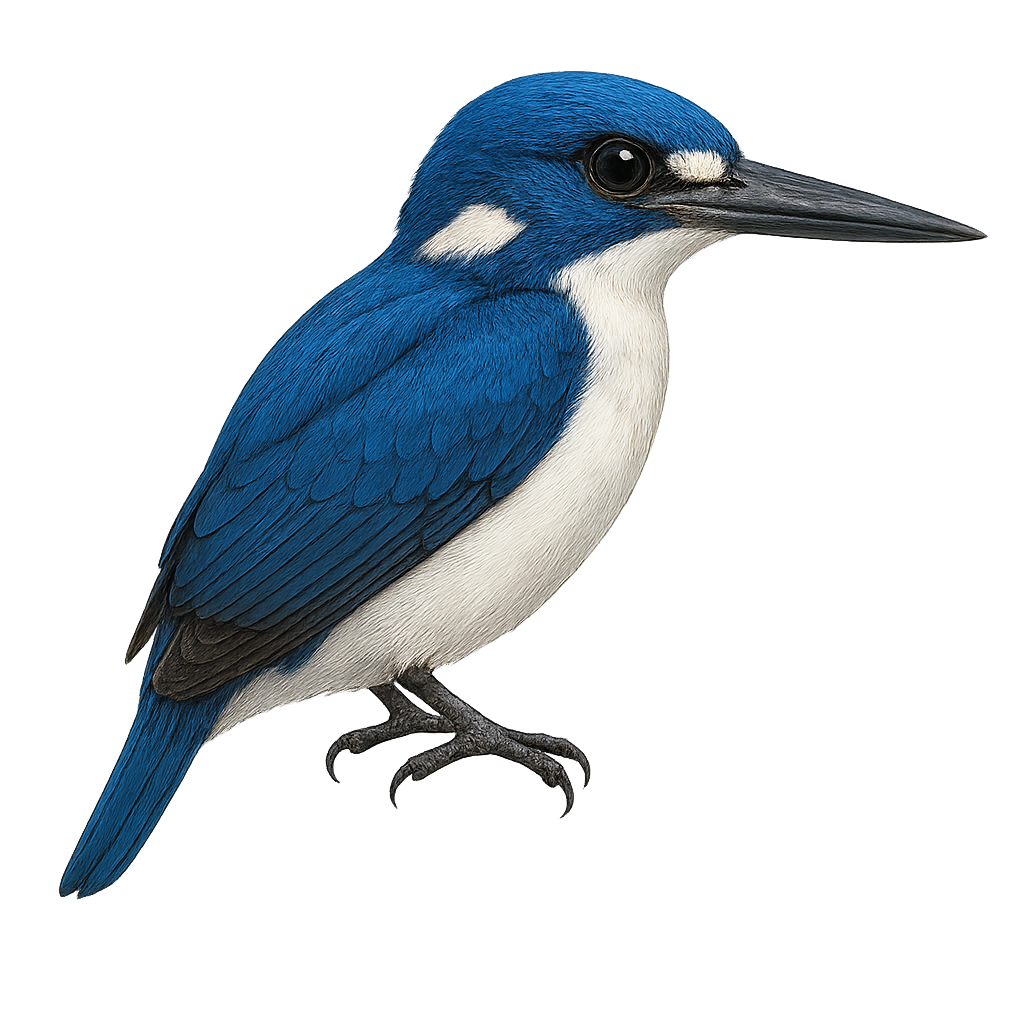Your wildlife photography guide.
Explore the little kingfisher in detail, study its behavior, prepare your shots.
Where to observe and photograph the little kingfisher in the wild
Learn where and when to spot the little kingfisher in the wild, how to identify the species based on distinctive features, and what natural environments it inhabits. The WildlifePhotographer app offers tailored photography tips that reflect the little kingfisher’s behavior, helping you capture better wildlife images. Explore the full species profile for key information including description, habitat, active periods, and approach techniques.
Little Kingfisher
Scientific name: Ceyx pusillus

IUCN Status: Least Concern
Family: ALCEDINIDAE
Group: Birds
Sensitivity to human approach: Suspicious
Minimum approach distance: 5 m
Courtship display: February to March
Incubation: 20-22 jours
Hatchings: February to April
Habitat:
Tropical forests, rivers, mangroves
Activity period :
Primarily active during the day, with peak activity in the morning and late afternoon.
Identification and description:
The Little Kingfisher, or Ceyx pusillus, is a small, colorful bird found in the tropical forests of Southeast Asia. Known for its vibrant plumage, it features shades of blue, orange, and white. Measuring about 12 cm in length, it is one of the smallest kingfishers. This tiny bird primarily feeds on insects and small fish, which it catches by swiftly diving into the water. It prefers habitats near streams, where it can easily find food. Despite its size, it is an agile and precise hunter. The Little Kingfisher is often difficult to spot due to its discreet nature and dense habitat.
Recommended lens:
400mm – adjust based on distance, desired framing (portrait or habitat), and approach conditions.
Photography tips:
To photograph the Variable Little Kingfisher, it is advisable to use a telephoto lens of at least 400mm to capture detailed images without disturbing the bird. Look for spots near water where it might be hunting. Be patient and discreet, as this bird is suspicious and easily hides in its dense environment. Use a tripod to stabilize your camera and wait for the right moment to capture the bird in action, especially when it dives to catch its prey.
The WildlifePhotographer App is coming soon!
Be the first to explore the best nature spots, track rutting seasons, log your observations, and observe more wildlife.
Already 1 439 wildlife lovers subscribed worldwide

